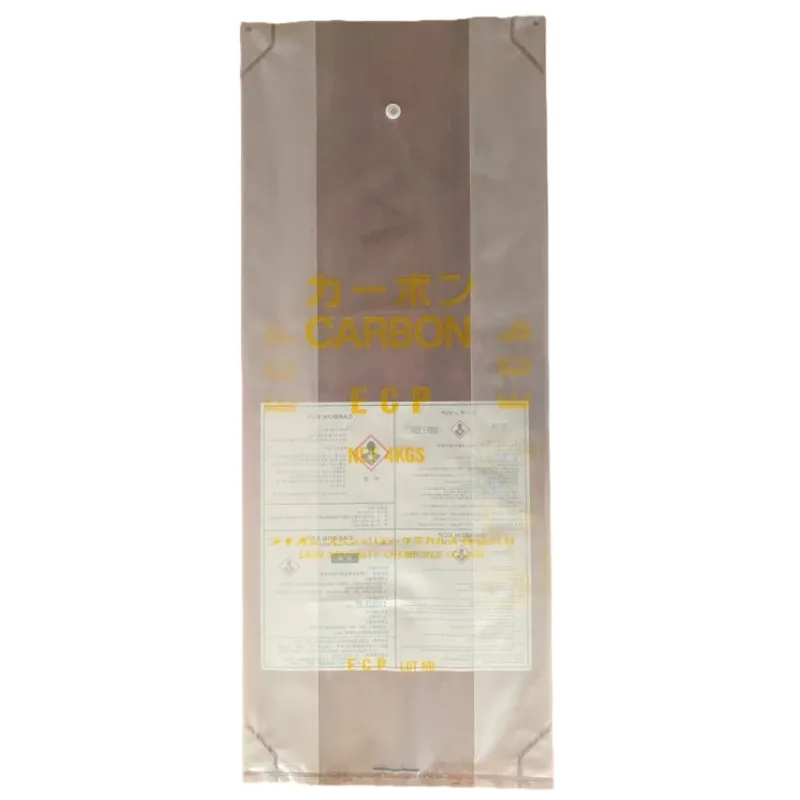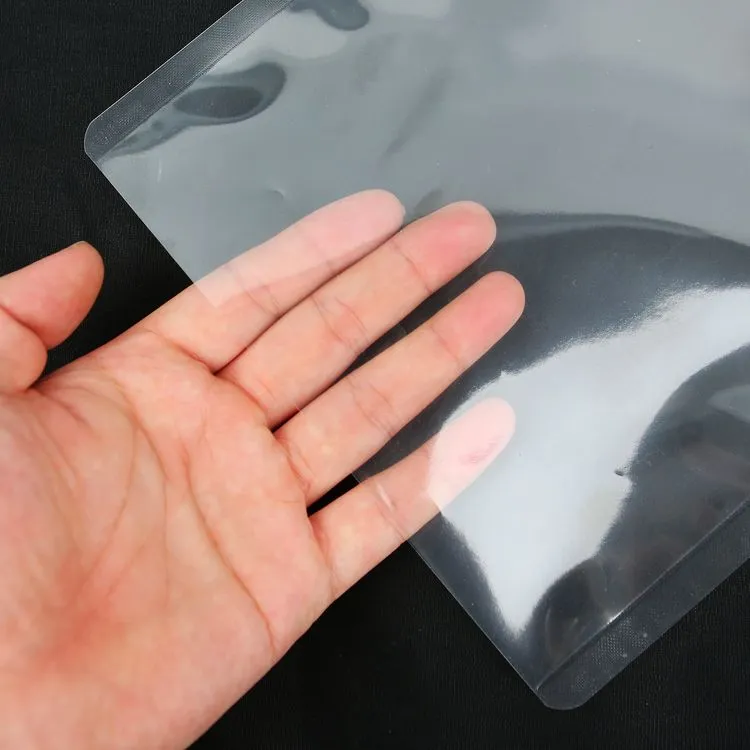Eco-friendly tea bag packaging is more than just a passing trend; it represents a significant shift towards sustainable practices that benefit the environment, consumers, and brands alike. In an industry where expertise, authoritativeness, and trustworthiness are pivotal, retailers and manufacturers alike are tasked with understanding and implementing the best practices for sustainable packaging. Here's an in-depth analysis of the true potential and challenges of eco-friendly tea bag packaging, supported by real-world expertise and experiences.

When discussing expertise in tea packaging, the primary focus should be on understanding the materials and processes that lend themselves to eco-friendliness. Tea bags have traditionally been made using plastic polymers, chlorine-bleached paper, and staples, all of which can have harmful environmental impacts. However, advances in biopolymer technology now allow for biodegradable, compostable tea bags that match the convenience and functionality of traditional models. Brands that switched to these materials, like PLA (polylactic acid) made from cornstarch, demonstrate a substantial commitment to reducing environmental footprints.
From an expert perspective, it’s imperative that companies also consider the carbon footprint associated with manufacturing these eco-friendly options. For example, some manufacturers have turned to renewable energy sources or local suppliers to minimize transportation emissions. In the case of the esteemed tea brand Teatulia, their tea bags and packaging are entirely compostable and they are produced in a garden-to-cup process using renewable energy, significantly reducing their overall carbon impact. This level of commitment showcases not only expertise but also a dedication to authentic sustainability practices.

Moreover, trustworthiness in sustainable packaging isn't just about the end product but is equally about transparency in the supply chain. Consumers increasingly demand to know the origins of their products; therefore, brands that offer transparency in their sourcing and production—like certifications from Fair-Trade International or partnerships with ethical suppliers—build trust. Consider Numi Organic Tea, which champions this approach by providing detailed sourcing information and maintaining partnerships that support ethical and environmental practices.
Addressing the notion of authoritativeness, eco-friendly packaging needs to maintain a balance between sustainability and consumer expectations. Qualities such as flavor preservation, convenient brewing, and aesthetically pleasing designs should not be compromised. Studies suggest that the optimal design merges eco-materials with innovations like pyramid shapes, which allow for the full aroma and flavor of the tea leaves to develop, thus satisfying consumer preferences. Taking Teapigs as an example, their approach to eco-friendly packaging not only commits to biodegradable materials but also incorporates designs that ensure maximum brewing effectiveness and flavor retention—a synthesis of knowledge, functionality, and sustainability.
eco friendly tea bag packaging
Further strengthening the credibility of eco-friendly practices is the role of regulatory adherence and certifications that validate the claims made by brands. Compostable certifications from agencies like BPI (Biodegradable Products Institute) or standards compliance for reducing carbon footprints are essential markers for consumers seeking assurance of authenticity. Ethical Tea Partnership and Rainforest Alliance certifications also serve as beacons of trustworthiness, endorsing not only the eco-friendliness but also the socially responsible practices adhered to by the brand.
Experience from industry leaders reveals that adopting eco-friendly practices extends beyond environmental impact. It also aligns with positive brand positioning and meeting evolving consumer demands. Studies like those from Nielsen indicate a significant market shift; consumers willing to pay premium prices for sustainably produced products are driving market dynamics. For instance, Pukka Herbs attributes a portion of their market growth to their innovative, compostable packaging combined with a commitment to 100% organic and ethically sourced ingredients. Their approach successfully bridges expertise in sustainable materials with comprehensive understanding and response to consumer demand—paving the way for other companies towards authoritative environmental leadership.
Finally,
the consumer experience should be considered. Eco-friendly packaging should not only appeal to environmentally conscious consumers but also provide the educational elements that encourage sustainable behaviors beyond the point of purchase. Crafting educational narratives or guides that accompany products can significantly drive informed consumer actions, ultimately fostering a culture of sustainability.
In conclusion, transitioning to eco-friendly tea bag packaging is not simply an operational shift but a holistic transformation encompassing expertise, authoritativeness, and consumer trust. When carefully executed, it not only enhances environmental outcomes but also ensures brand longevity through meeting the ever-evolving expectations of a conscientious audience—an endeavor necessitating rigorous dedication to innovation and transparency at every step.